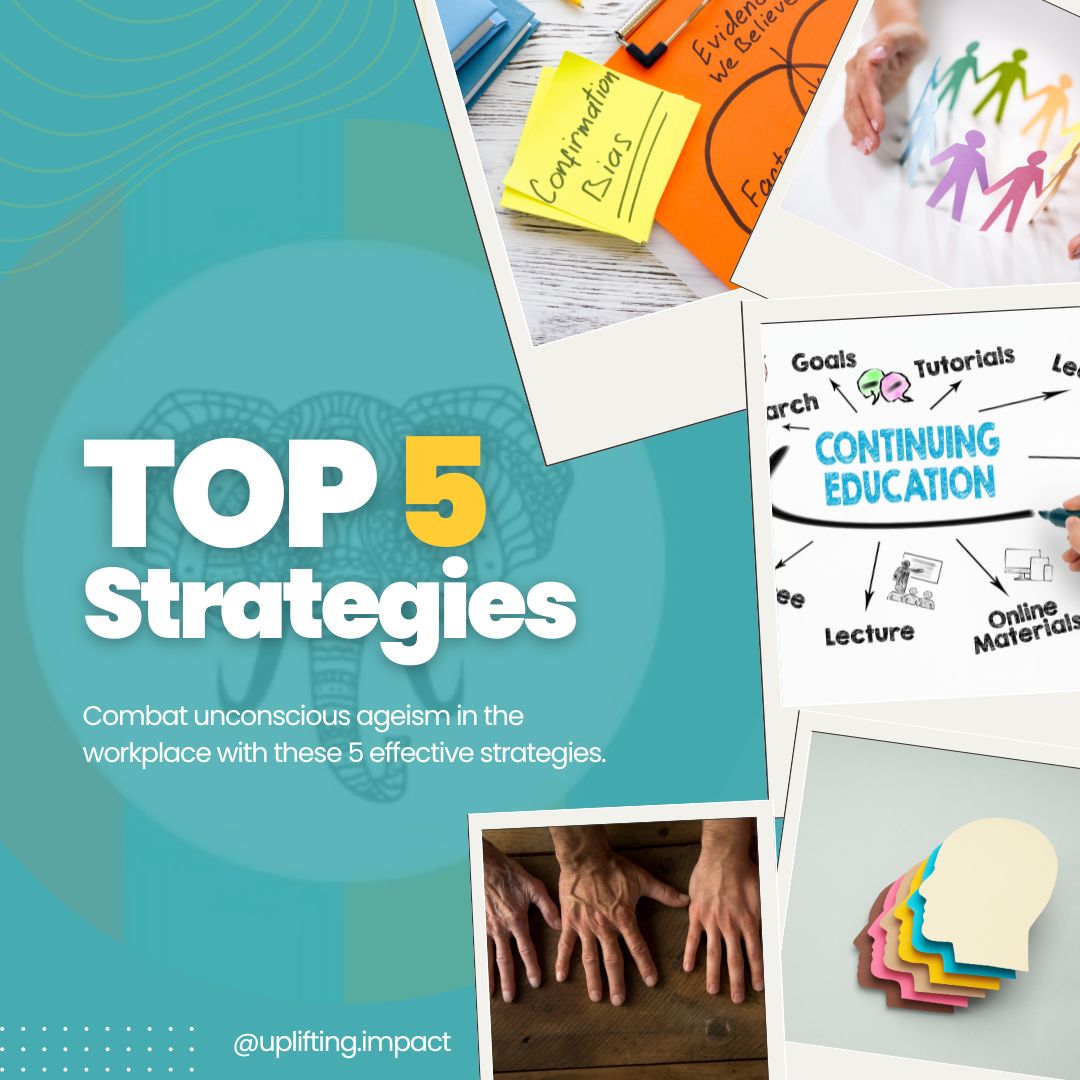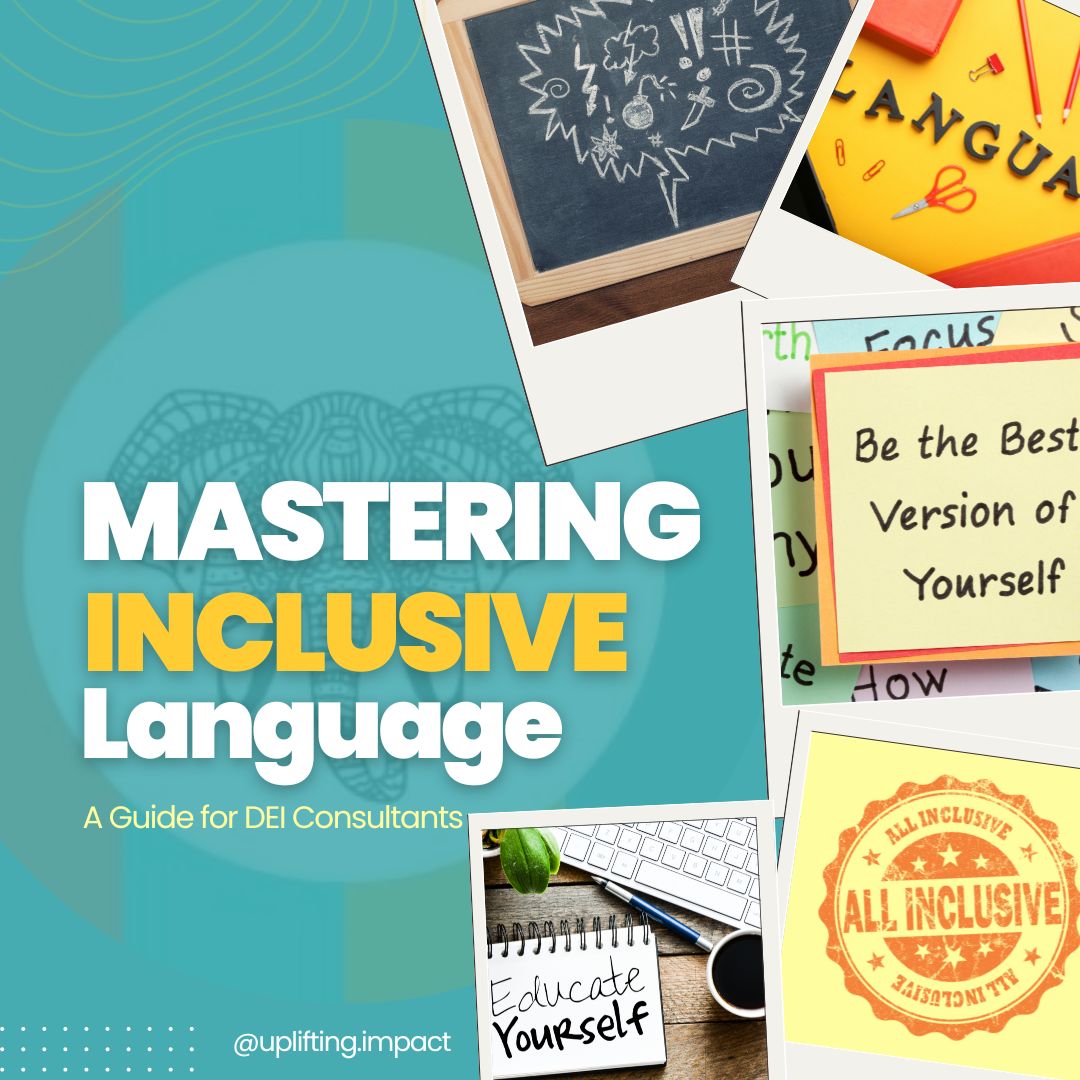Combat Unconscious Ageism: 5 Effective Strategies to Push Back

In many countries across the world, the older generation is revered and honored. Younger people respect their elders’ perspectives, acknowledge their decades of accumulated wisdom, and ask them for advice and input. Older people play a significant role in society and continue to be influential decision-makers. Not so in the United States.
Being old is associated with being outdated, out of touch, irrelevant, and even a nuisance. Many of us fail to see the potential contributions of older people, and instead turn to more “exciting” younger people for their thoughts and perspectives. We’re obsessed with “the latest thing,” and that is apparent in how we tend to shuffle older people aside, whether we consciously realize it or not.
This ageism is especially apparent in the workplace, where an incredible 90 percent of individuals (according to an AARP survey) believe ageism is a persistent and prevalent issue. Older workers concur, with about a third of people stating that their workplace has treated them unfairly due to their age.
At this point, you might be thinking, “That’s not me. I don’t discriminate against older workers.” But is that really the case? Much of our bias is so deeply ingrained, we hardly recognize it. (I’ve written about unconscious bias in a past blog post.) As an interviewer, we might make excuses for not hiring someone because they simply did not “seem capable” or did not seem to “fit in with the company’s culture.” Is this true? Or is this coded language that is rooted in ageism?
Though ageism is bad enough, women tend to be treated even more harshly than their male counterparts. A recent Forbes article explores this topic, noting that recent research shows, “there is no ‘good’ age for women, as those in the middle-aged group of 40–60 face bias in hiring or promotion rounds due to ‘too much family responsibility and impending menopause’ and whether they have ‘aged well’ or not. Yet, jobs were actively given to men in the same age band, where family responsibilities or health were not a consideration.”
For older people, and especially older women, this is entirely unsurprising. Discrimination and bias are far too common in the workplace, and few people seem to be talking about it.
What can you, as an organization leader, DEI practitioner, or HR professional do about it? What changes can you make (or attempt to make) on both a personal and company-wide level? Here are a few ideas:
- Acknowledge Potential Bias: One of the first steps to combat ageism is to acknowledge its existence. This means taking the time to examine both your own and the company’s policies and practices to identify any potential bias against older workers. Take the time to openly and honestly evaluate your current hiring, promotion, and retention practices. You may also want to read up on the topic to become acquainted with your own potential shortcomings.
- Advocate for Inclusive Hiring Practices: Truly embracing inclusive hiring practices means actively seeking diverse candidates of all ages during the recruitment process. Encourage your hiring managers to eliminate age-related biases and assumptions by focusing on skills, experience, and qualifications rather than age.
- Foster an Inclusive Company Culture: It’s essential to build an inclusive and supportive company culture that values the contributions and perspectives of all employees, regardless of age. Encourage open communication and collaboration among employees of all ages, fostering an environment where everyone feels comfortable sharing their ideas and opinions.
- Encourage Continued Education: Consider implementing age diversity training programs to raise awareness and challenge stereotypes within the organization. These programs can provide opportunities for employees to learn about the contributions and value that older workers bring to the table. Creating a culture of lifelong learning and development can help debunk stereotypes and promote a more inclusive and age-diverse workforce. (Consider working with Uplifting Impact to promote education and training.)
- Promote Cross-Generational Collaboration: An excellent way to show support, bring people of all ages together, and foster innovation is to encourage cross-generational collaboration and mentorship programs. These programs can create opportunities for different age groups to work together, share knowledge, and learn from one another. By fostering these collaborative relationships, you can harness the diverse perspectives and experiences of employees across different generations, leading to innovative ideas and solutions. Encouraging cross-generational collaboration can also help break down age-related stereotypes and promote a more inclusive and cohesive work environment.
By actively addressing age-related biases and advocating for policies that protect older workers, we can work toward a workplace that values and celebrates employees of all ages. It takes a conscious effort to push back against ageism, but these efforts can create a more inclusive and equitable workplace for all.

